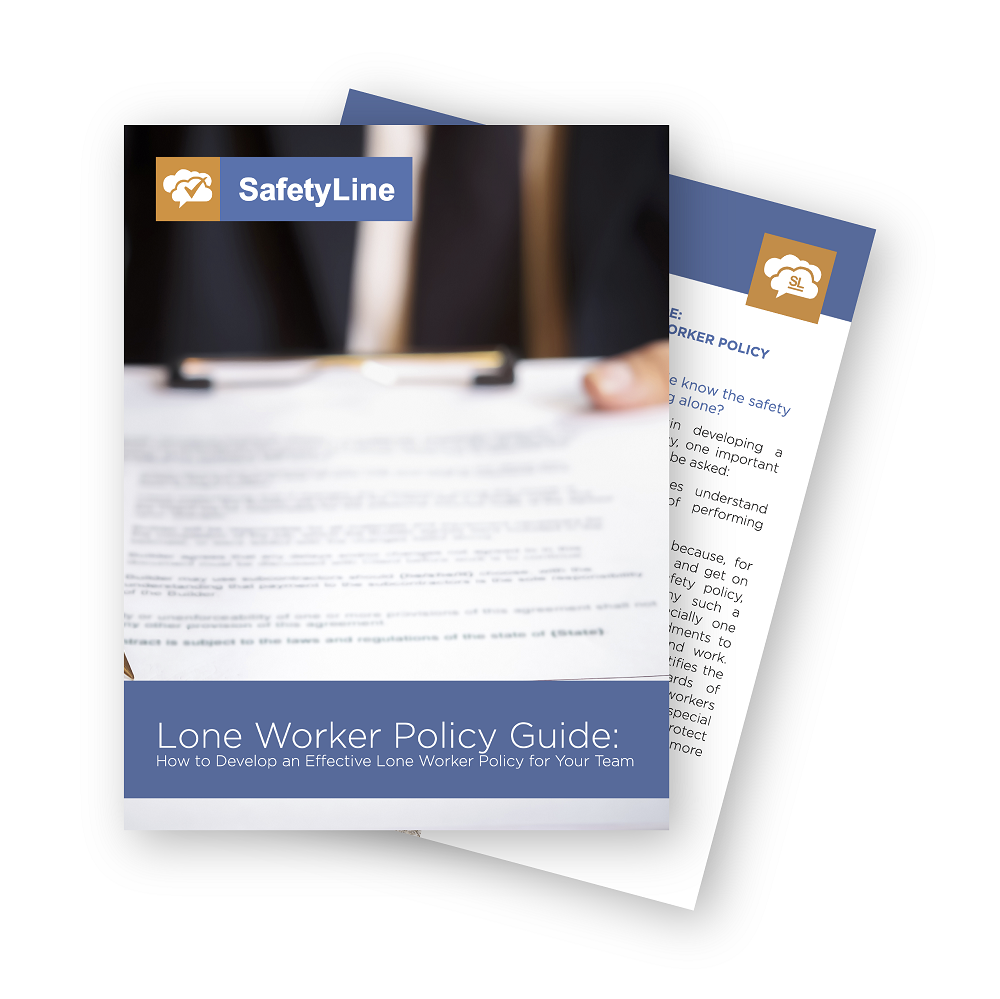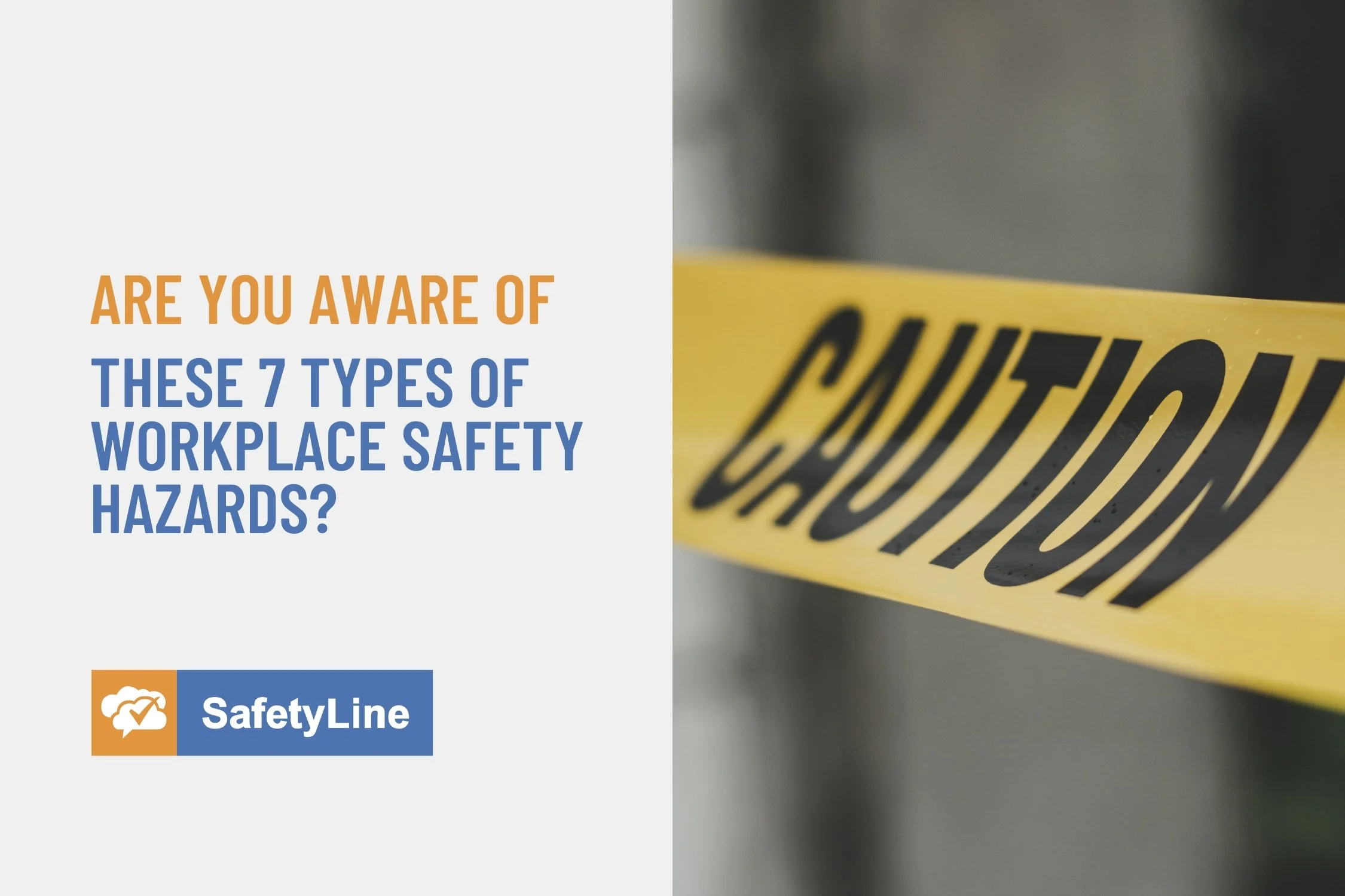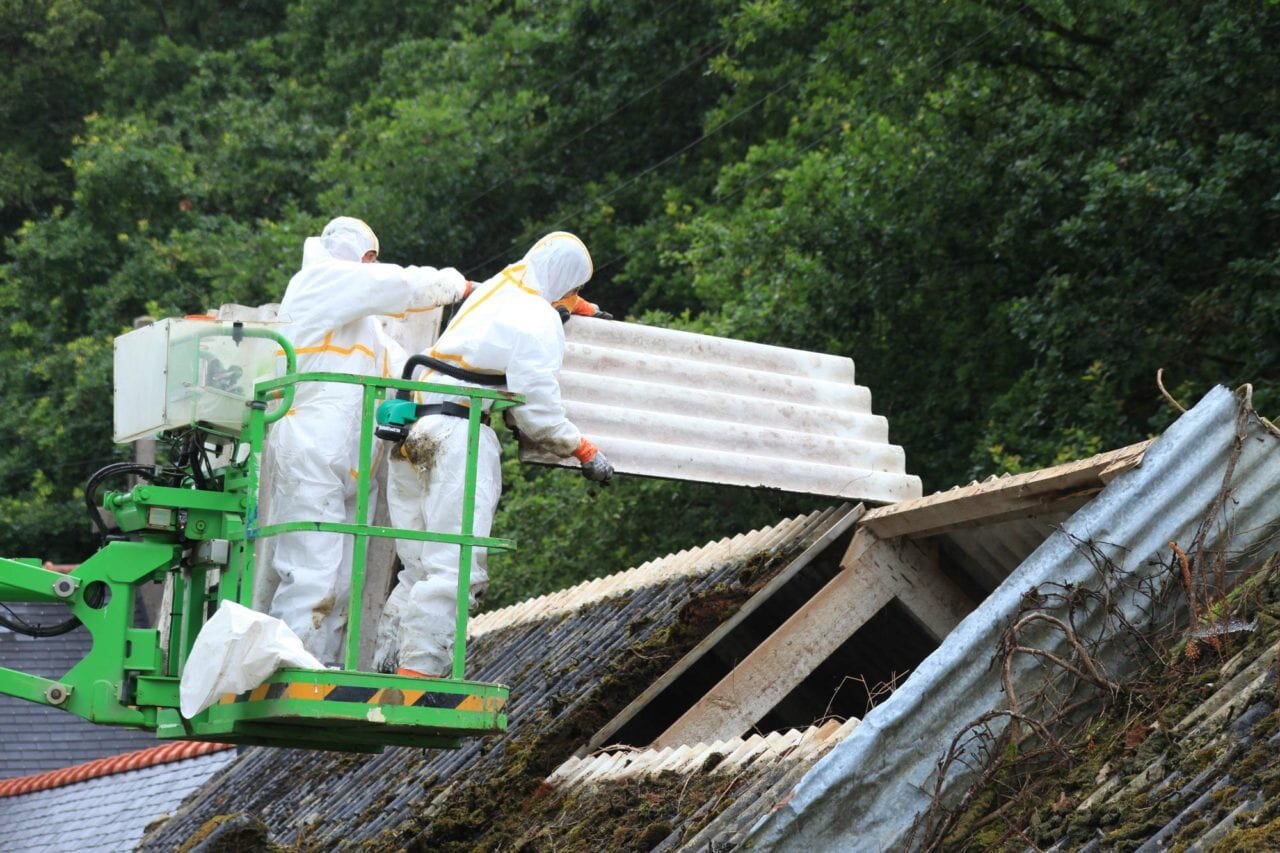Featured Resources
Lone Worker Policy Guide and Template
A lone worker policy is an effective way to ensure that your lone workers are well-educated on your company’s work-alone rules and have extensive knowledge of all workplace hazards that could be encountered on the job.
Hazard Assessment Guide
In the process of doing a hazard assessment for your workplace, it is almost a certainty you’ll learn information about the operational aspects of your organization you were unaware of before the assessment.
View eBook
Develop a Free Lone Worker Program for Small Teams
Developing a free lone worker check-in system is a simple process for small teams that any organization can implement.
View eBook
SafetyLine Blog Categories
General Safety | Lone Worker Safety | SafetyLine News and Updates | SafetyLine Product Updates | Compliance, Policy, and Regulations | Downloadable Resources |
The Big Picture of a Safe Workplace
It is difficult and somewhat complicated to describe what a safe workplace is. However, just because it isn’t easy, that does not mean we should give up on this definition as the safety and wellbeing of our teams and our companies are at a serious stake.
At Safetyline Lone Worker, we have witnessed our partners, clients and even our own team members adapt and evolve to the ever-changing workplace environment
Violence in the Workplace Threatens More Than Your Team
If you’re concerned that workplace violence is currently an issue or has the potential to become a safety hazard with your team and lone workers – even if it’s at home – you need to determine if you have a violence prevention and mitigation program available through your employer and what the next steps are; if not, you should ask your employer to develop one.
Workplace Hazards Series: COVID-19
As governments ease months-long restrictions allowing employees to return to their offices, the new reality is that these places won’t be the same as we left them. The new normal will entail increasingly structured workplaces that are more mindful of potential physical contamination. For the foreseeable future, there will be new routines and procedures that we will need to enforce and become accustomed to, seemingly normal ways of doing things that need to be shifted in order to protect team members from potential infection of the notorious virus.
So how do you address these new workplace hazards and different working environments for your team members?
5 Steps for Improving Your Hazard Assessments
With the criminal code in Canada revised to make companies or individuals criminally liable for not taking safety precautions, it is more important than ever to be aware of hazards in the workplace and to be scrupulous about hazard assessments. Don't risk unnecessary prosecution - here are 5 steps you can take to ensure your workplace hazard assessment is as comprehensive as possible.
5 Safety Tips for Retailers Working Alone
Retail workers when they are working alone are classified under the work alone definition set by the Canadian government. Unlike typical retail workers, they face a unique and increased set of safety hazards that typical retail workers do not experience, including accidents without immediate aid, and being subjected to threats or even violence.
Are You Aware of These 7 Types of Workplace Safety Hazards?
Workplace safety hazards exist in every environment, but how do you know which ones have the most potential to harm workers? By identifying hazards at your workplace, you will be better prepared to control or eliminate them and prevent accidents, injuries, property damage, and downtime.
Responding to Emergencies in the Workplace
When it comes time to respond during an emergency, knowing what steps to take can be crucial. If an emergency happens in the workplace, it could be your responsibility to provide help. In this article, we’ll look at some of the ways you can help your employees during an emergency.
Hazards Series: Ergonomic Hazards in the Workplace
There are Injuries that are caused by strain placed on the body from ergonomic hazards and aren’t always immediately obvious, making these hazards difficult to detect. In this post from our “Workplace Hazards” series, we’ll take a look at how you can identify ergonomic hazards and remove them your workplace.
Workplace Hazards Series: Biological Hazards
Anything that can cause harm to people, animals, or infectious plant materials can be considered a biological hazard. They exist in most workplaces that involve working around other people, unsanitary conditions, in labs, or in the environment.












